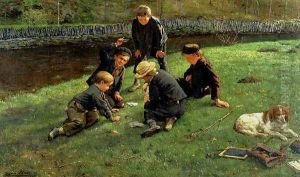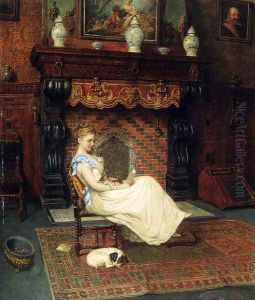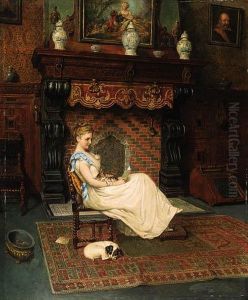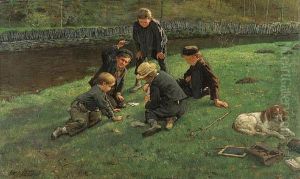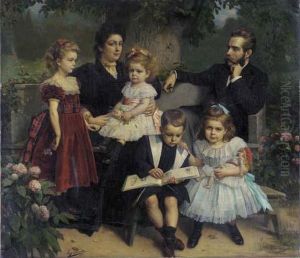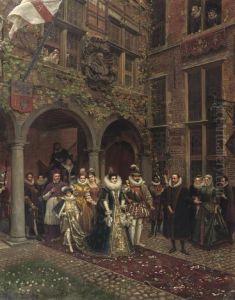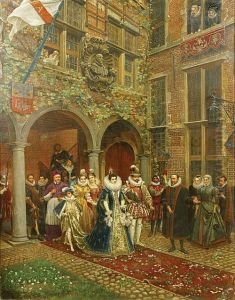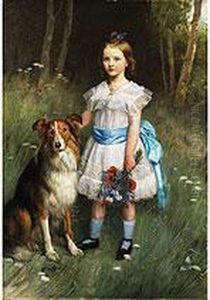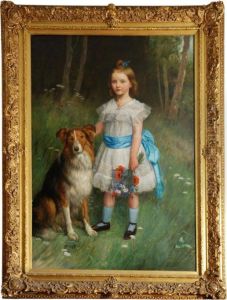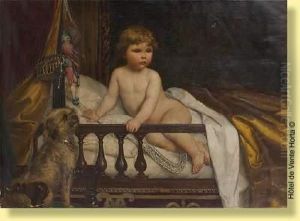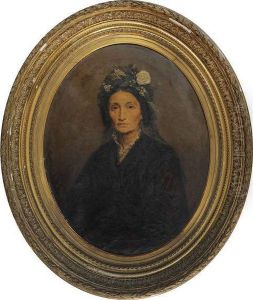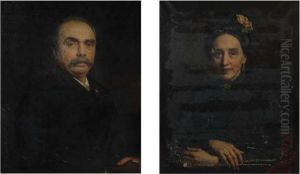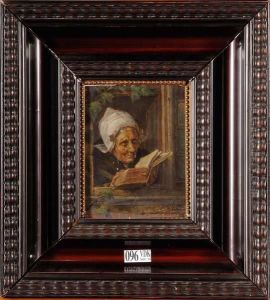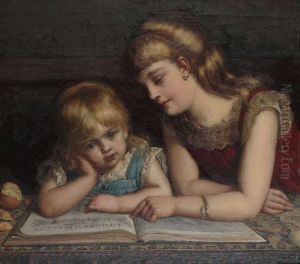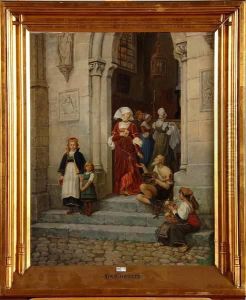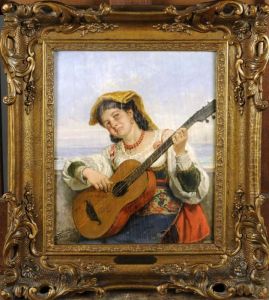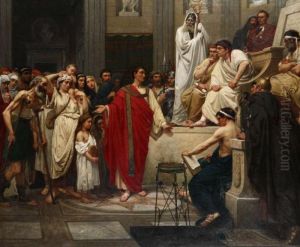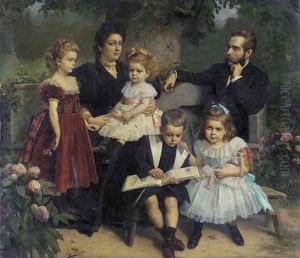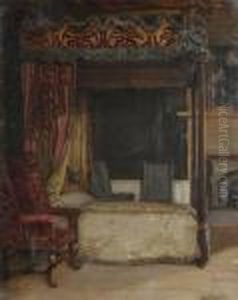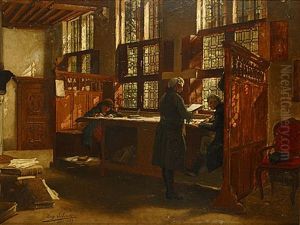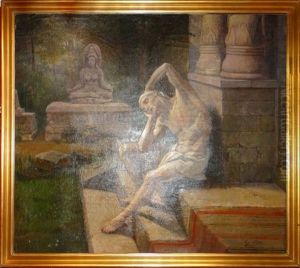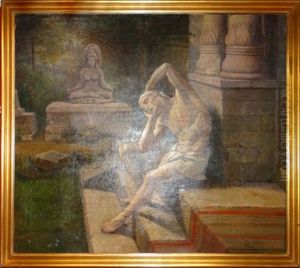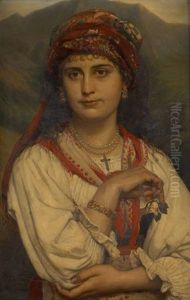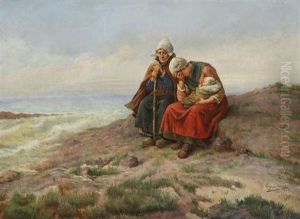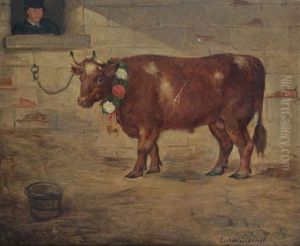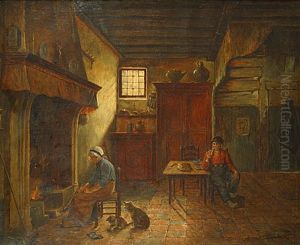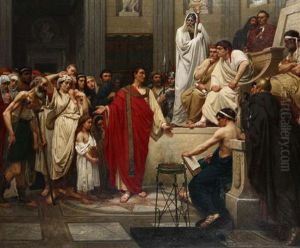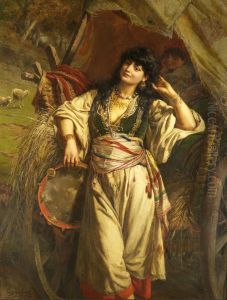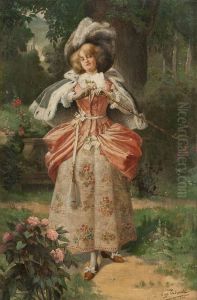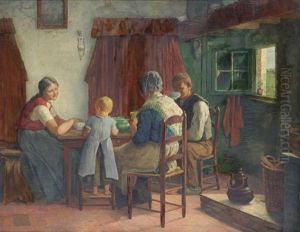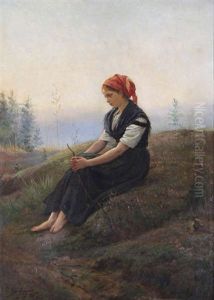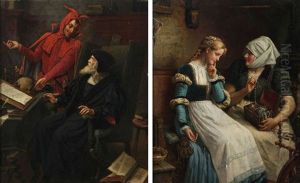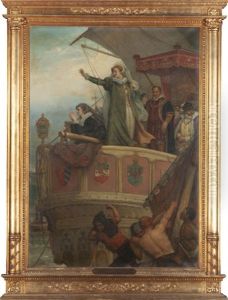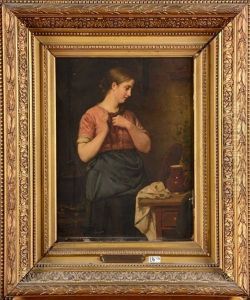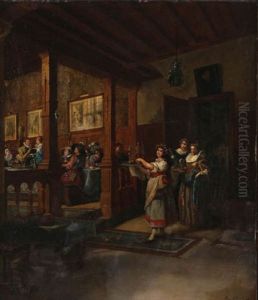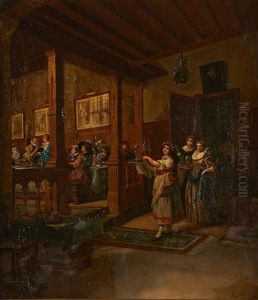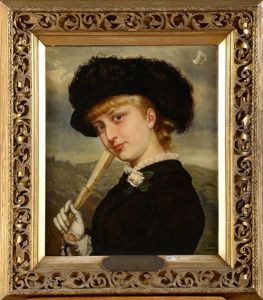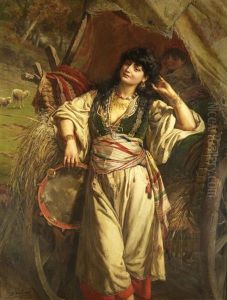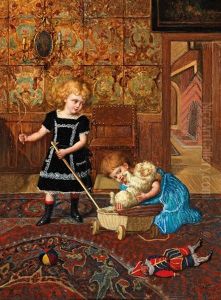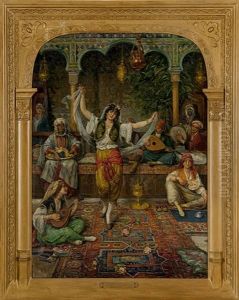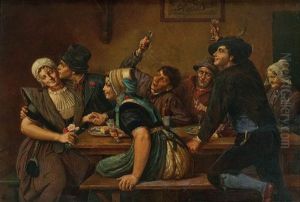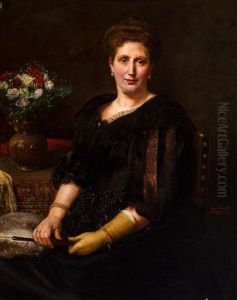Eugene Siberdt Paintings
Eugène Siberdt was a Belgian painter born on January 21, 1851, in Antwerp. He is known for his work in the academic style, which was prevalent during the 19th century. Siberdt received his education at the Royal Academy of Fine Arts in Antwerp, where later he also became a professor. His teachings and style were deeply influenced by the academic traditions of the time, emphasizing classical techniques and subjects.
Siberdt's career as an educator was significant, but he is perhaps most famously remembered for his contentious relationship with one of his students, Vincent van Gogh. Van Gogh studied briefly at the Antwerp Academy in the winter of 1885-1886 but grew frustrated with the rigid academic constraints and Siberdt's traditional methods. This clash ultimately led to Van Gogh leaving the academy, which marked a pivotal moment in his development as an artist.
Throughout his own artistic endeavors, Siberdt focused on historical and mythological scenes, portraits, and genre paintings. He was a skilled draftsman and painter, well-regarded for his attention to detail and his ability to depict textures and fabrics. Although his work was celebrated in his time, his strict adherence to academic standards eventually fell out of favor as new artistic movements, such as Impressionism and Post-Impressionism, emerged and gained popularity towards the end of the 19th century.
Eugène Siberdt continued to paint and teach throughout his life, but as the tides of art history turned, his work and contributions became overshadowed by those of his more revolutionary contemporaries. He passed away on May 25, 1931, in Antwerp. Today, Siberdt's works can be found in Belgian museums, and his legacy is remembered in the context of the academic tradition and his brief yet impactful interaction with Vincent van Gogh.
